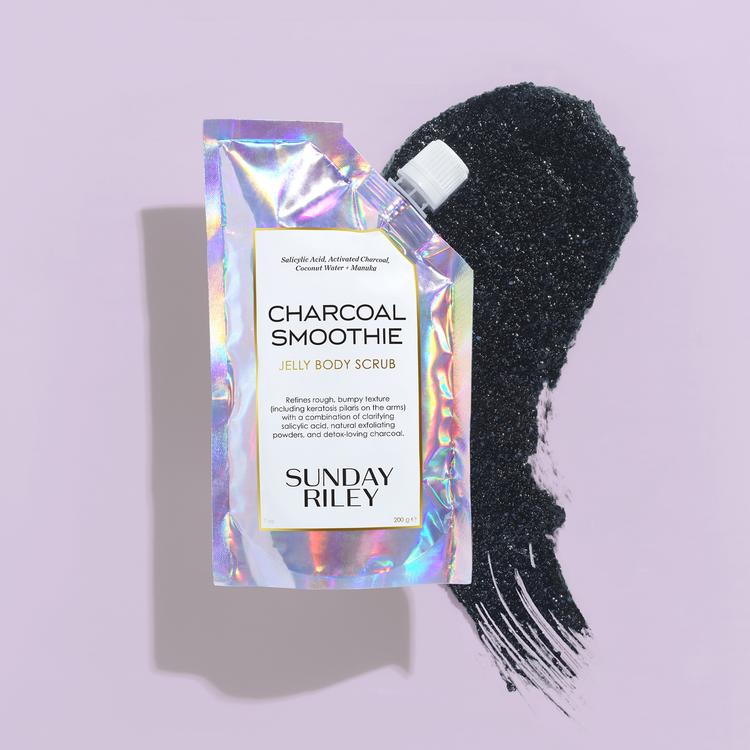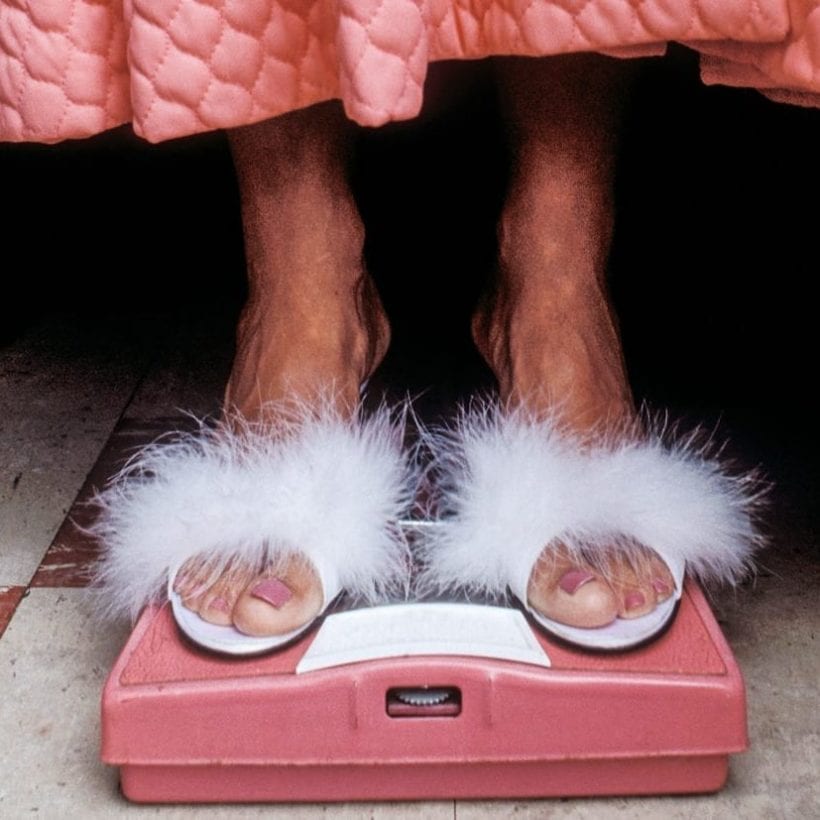Cooler weather is here, which means it’s time to tweak your body care routine. As the temperatures dip, radiators get turned on full blast, and the air becomes drier, and so does our skin, according to Dr. Ranella Hirsch, M.D., a board-certified dermatologist in Boston and co-founder of Atolla. A decrease in moisture equates to a weaker skin barrier meaning irritations, flakiness, redness, breakouts, and lackluster skin are more likely to occur.
Yet, a few simple adjustments, like replacing thinner formulations with thicker, more hydrating ones, is all you need — a total beauty closet cleanout isn’t necessary as long as your products contain the right ingredients. “Remember, it’s all about moisture and hydration, so ingredients like lipids, ceramides, and glycerin are great,” says Dr. Hirsch. “You don’t need to switch up the active ingredients that are working well for you. But do consider adapting the vehicle that the ingredient is in,” advises Dr. Hirsch.

Modify your body cleanser
One of the best places to start for baseline hydration is a good body wash. Dr. Janet Allenby, D.O., a board-certified dermatologist in Delray Beach, Fl., recommends avoiding aggressive formulations, which may degrease the skin and open it to eczema and irritation. Instead, go with nourishing cleansers, like Spongelle Body Wash and Odele Moisturizing Body Wash, that feature moisturizers like pro-vitamin B5 to protect the skin’s barrier.
Also, be mindful of the water temperature and avoid steaming hot showers no matter how good they may feel. “They suck the moisture out of the skin,” says Dr. Hirsch. “Think of taking a long, hot bath and what your fingers and toes look like afterward — wrinkled like a plum becoming a prune, an apt analogy.”
Amp up your body cream
The secret to smooth-as-silk skin is the ingredients and formulation in body creams. “Lotions are thinner and contain less oil and more water, whereas creams tend to be thicker with an oilier base,” explains Dr. Allenby.
In terms of ingredients, choose lipids, glycerin, ceramides, and hyaluronic acid, which pull water in for hydration. Both Irene Forte Skincare White Wine Body Cream and DefenAge 10 Luxe Hand & Body Cream are thicker in consistency and created with natural oils and omega fatty acids.
And try and follow this general rule of thumb: apply body creams to damp skin while there is still a little bit of dew leftover from the water. “Moisturizer seals in moisture — it does not provide it. But you can achieve well-moisturized skin by applying product to damp skin,” says Dr. Hirsch.
Always wear SPF
Daily use of sunscreen on the face is a given, but are you bringing it down onto your neck and chest? Probably not. Come fall, most of us neglect to protect the skin on our body and only pay attention to the face. Dr. Allenby says sunscreen is necessary for exposed skin in daylight hours, even if it’s overcast. So, those areas need adequate sun protection, whether it’s bare hands, chest, or legs (fall days do call for booties and skirts). Sun damage never takes a day off, and “it’s the summer heat that goes away, not the sun,” says Dr. Hirsch. She also suggests swapping out your summer sunscreen for one that is richer. “For example, if I use a gel in the summer, I’ll up it to a lotion or go from a lotion to a cream,” she adds — one to try: Sunday Riley Light Hearted Broad Spectrum SPF 30 Sunscreen.
Take care of smaller areas
It’s easy to gloss over smaller body parts — think the cuticles, hands, and lips — and not douse them in moisture as they deserve. “These are unique areas because they produce minimal amounts of sebum yet are prone to drying out and becoming cracked and irritated,” shares Dr. Allenby. “These body parts require super protective ingredients that preserve the skin barrier, like petroleum,” she says.
“There’s no need to break the bank here,” says Dr. Hirsch. One of the most accessible and cheapest options is Vaseline. Also, make sure to apply hand cream, like Necessaire The Hand Cream, after washing and before bed.
Exfoliate, just less regularly
Exfoliating the skin on the body is essential but go easy when fall rolls around. “Physical or chemical exfoliation can reduce the amount of dried-out skin cells but may not be helpful to a healthy skin barrier,” says Dr. Allenby. Make sure to avoid harsh scrubs that contain grounds, pits, or other skin-abrading ingredients, and instead, select enzymatic scrubs that rely on fruit acids to lift away dead skin, sugar-based scrubs, or a dry brush.
Get sweet feet
Like the lips and hands, the feet don’t produce sebum, which is why, “they are prone to becoming dry and fissuring,” Dr. Allenby says. In addition, the combination of dry weather plus a lack of moisture in the air makes perpetually dry feet even more thirsty. The trick to overcoming unendingly dry feet is a good moisturizer in a thick base. “My favorite ingredient is urea,” says Dr. Hirsch. A key ingredient in Barefoot Scientist High Dive, urea is a humectant (binds to water) that also exfoliates. “Feet also respond well to ointments, like Aquaphor, and protected with socks,” says Dr. Allenby.
Tack on a humidifier
One of the oldest tricks in the books to preventing weather-induced dry skin is to add a humidifier into the mix. “They increase the ambient humidity in a space,” says Dr. Hirsh. Because humidifiers add humidity to the air, this forces the skin on the body to absorb moisture and combat dryness. Plus, humidifiers are beneficial for those with psoriasis and eczema since dryness is a side effect of both skin conditions.
We only recommend products we have independently researched, tested, and loved. If you purchase a product found through our links, Sunday Edit may earn an affiliate commission.








